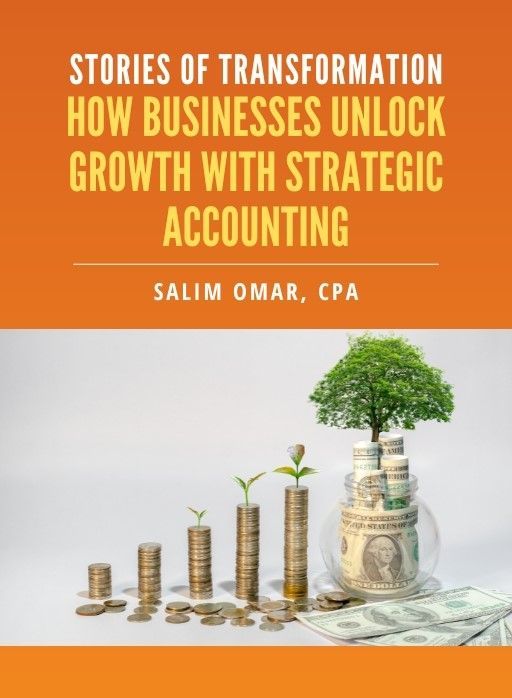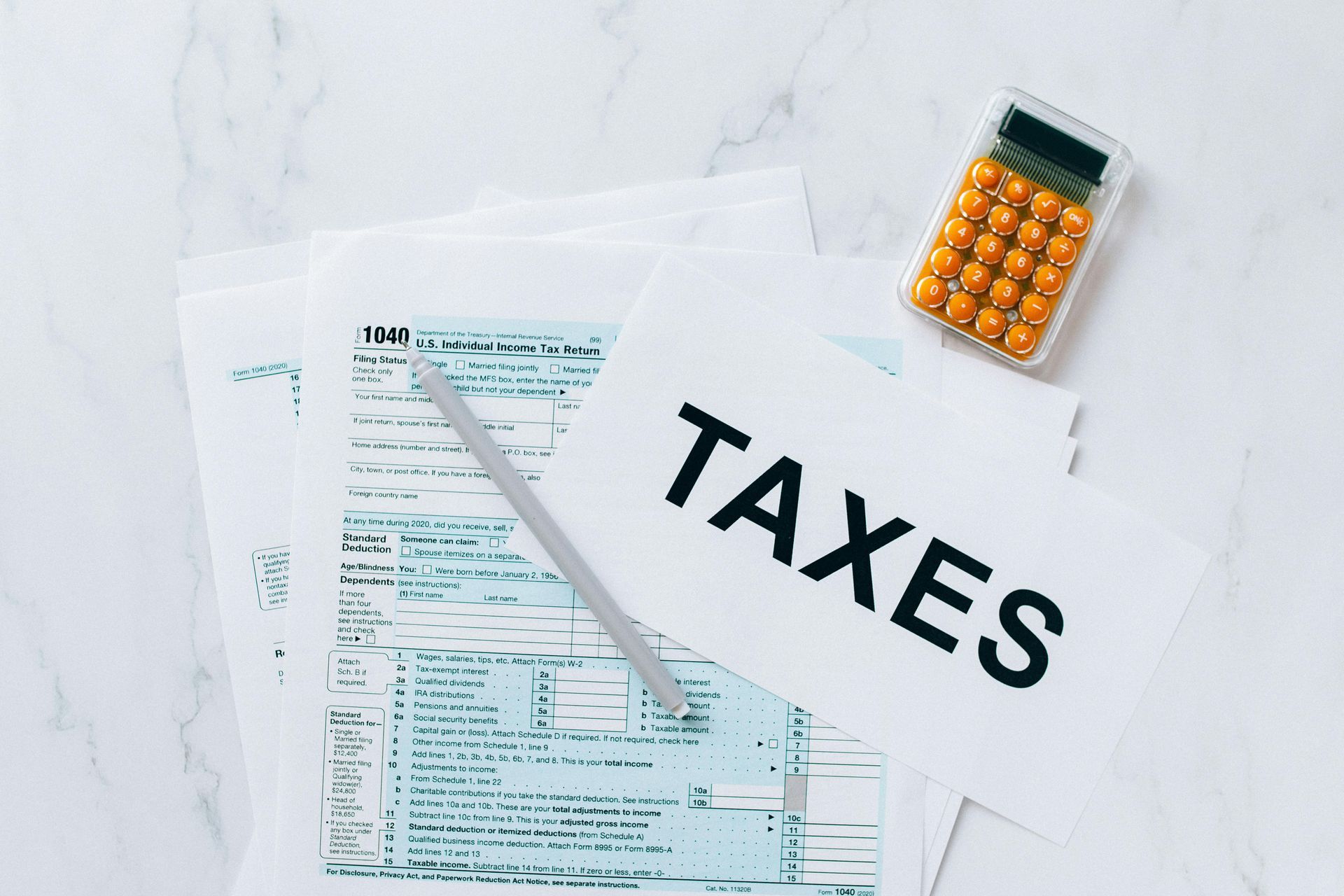Why Mid-Year Is Ideal for Revisiting Your Pricing Strategy

In business, timing is everything—and when it comes to pricing, the middle of the year offers a surprisingly perfect window to stop, assess, and fine-tune. By June or July, your numbers tell a real story. You’ve got six months of sales, expenses, and market changes to draw from. That’s the perfect data set for recalibrating your pricing strategy before you roll into Q4 or set goals for the new year.
Straight Talk CPAs works with entrepreneurs and businesses across the country, and one trend that keeps popping up? Too many folks set prices once and leave them alone for years. Problem is, pricing isn’t one-and-done—it’s a living, breathing part of your business. And mid-year is the sweet spot for giving it a healthy, strategic check-up.
Whether you’re selling products, services, or both, this guide breaks down how to evaluate your current pricing, identify red flags, and walk out of a mid-year session with clarity, confidence, and bigger margins.
Why Pricing Reviews Can’t Wait Until Year-End
Let’s be real: waiting until January to change prices is usually too late.
Here’s why:
- You’ve already lost a full year of potential profit.
- You’re reacting instead of proactively adapting.
- Your holiday season or busy quarter rolls in with outdated pricing.
Mid-year gives you that rare combo of solid data and time to course-correct. You can experiment, measure impact, and hit the ground running in Q4.
What Triggers a Mid-Year Pricing Review?
Sometimes, a gut feeling is enough. But in most cases, here are the most common reasons to stop and re-evaluate your numbers:
- Your costs have crept up quietly.
- Competitors are adjusting their rates.
- You’ve introduced new services or upgraded your offer.
- Sales volume is up, but profit margins are shrinking.
- You’ve been absorbing inflation without adjusting your pricing.
Sound familiar? Then yes—it's time.
What You Need to Review
Before jumping into pricing changes, let’s lay the groundwork. A proper pricing reset needs three main ingredients:
1. Cost of Goods Sold (COGS)
This is where many businesses lose money without realizing it. COGS isn’t just materials—it includes labor, shipping, packaging, storage, and more.
Has your vendor pricing increased? Is fulfillment taking more resources? Have wages gone up for the people delivering the service? Run those numbers, not just once, but broken down by offer or product line.
Example: One Straight Talk CPAs client discovered their best-selling bundle had a 32% profit margin in January. By June, with increased packaging and shipping costs, it had dropped to 18%. Without adjusting pricing or cutting costs, they were scaling something that wasn’t profitable anymore.
2. Current Pricing vs. Competitors
Competitive analysis isn’t about racing to the bottom. It’s about staying aware.
Check how your pricing stacks up against others in your niche or location. Are you undercharging for premium service? Are you the highest-priced offer but with a barebones deliverable? This context helps you position and communicate your value.
3. Gross Profit Margin by Product or Service
Not every offer should have the same margin. Some are loss leaders, others are cash cows. Do a quick breakdown:
- What’s your gross profit on each core product or service?
- Which offerings are eating up time but generating low returns?
- Which ones are easy to fulfill and high margin?
This is where strategic decisions get made. Maybe you raise prices on lower-margin services or bundle them with higher-margin ones. Maybe you sunset low-performing SKUs altogether.
Framework: How to Evaluate and Adjust Your Pricing Mid-Year
Here’s a simple pricing review flow Straight Talk CPAs uses with clients. You can adapt this to fit your business in just a few hours.
Step 1: Pull Your Mid-Year Financials
Start with your year-to-date profit and loss statement, broken down by month and product/service line if possible.
Step 2: Update Your COGS and Direct Labor Costs
Plug in the latest numbers. Don’t estimate—go line by line. Especially if you’ve changed vendors, added team members, or shifted suppliers.
Step 3: Run a Margin Analysis
Divide gross profit by revenue for each offering. Anything under 25% should be reviewed carefully—those are the services dragging down overall performance.
Step 4: Review Market Positioning
Look at where your prices sit in the current market. Consider the perception you want: premium, accessible, value-based, niche, etc.
Step 5: Identify Pricing Opportunities
Consider:
- Bundling underperformers with higher-margin services
- Raising rates for premium offerings
- Introducing new, smaller offers at entry-level pricing
- Charging separately for things you've been throwing in “for free”
Step 6: Model the Financial Impact
Don’t just guess. Run different pricing scenarios using real data. Straight Talk CPAs often uses forecasting tools to help clients see the downstream impact of pricing changes on profit, taxes, and cash flow.
Step 7: Roll It Out (Soft Launch or Hard Change?)
Some businesses prefer a soft rollout—new pricing for new clients first, then gradually updating legacy ones. Others do a clean sweep across the board. Either way, communicate changes clearly and confidently.
Common Pricing Pitfalls to Avoid
- Failing to communicate value. Raising prices without adjusting your messaging leads to churn.
- Holding on to legacy pricing too long. Especially if costs have risen or the service has improved.
- Underpricing out of fear. Often driven by assumptions, not data.
- Not reviewing pricing until year-end. You’ve already left money on the table.
Final Thoughts: Pricing Is Not Set-and-Forget
If you haven’t looked at your pricing since January—or worse, since 2021—it’s time. A mid-year check-in is one of the smartest, most proactive moves you can make.
Straight Talk CPAs isn’t just here to help with taxes.
Our team helps clients dig deep into financials, find pricing leaks, and implement changes that stick. Because pricing done right isn’t about guessing—it’s about making data-backed decisions that grow your bottom line.
Free eBook:
Stories of Transformation


Salim is a straight-talking CPA with 30+ years of entrepreneurial and accounting experience. His professional background includes experience as a former Chief Financial Officer and, for the last twenty-five years, as a serial 7-Figure entrepreneur.




